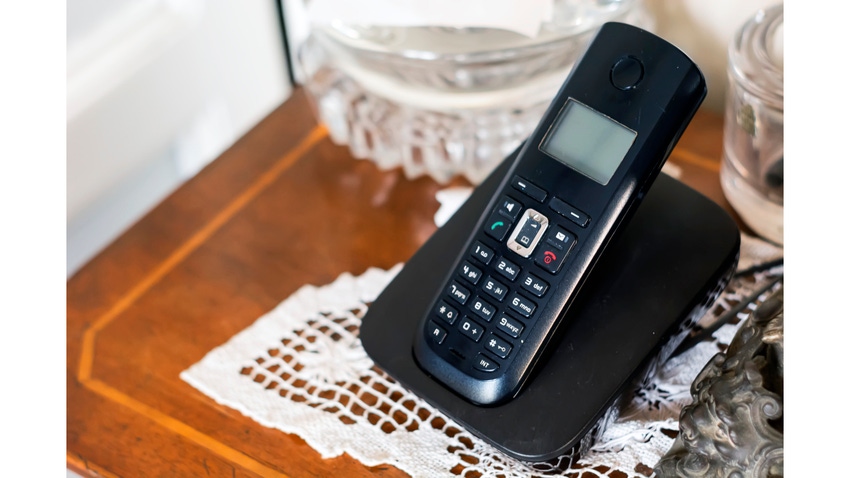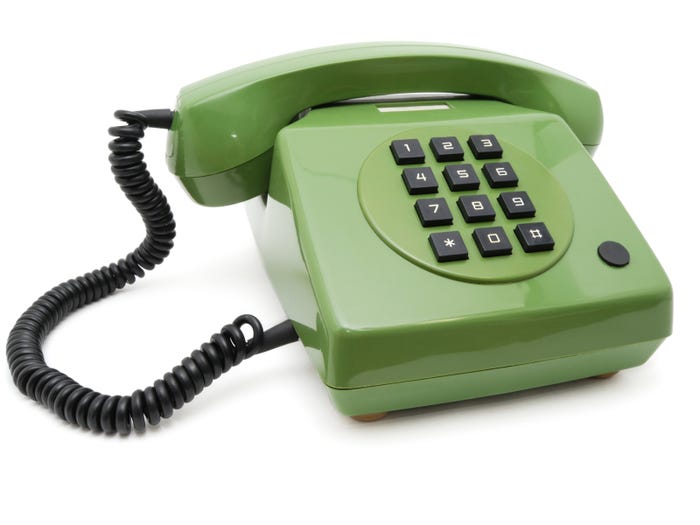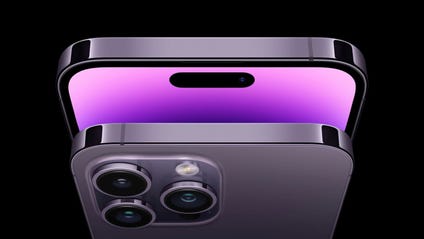The Telephone’s Long and Storied History
Trace the developments in telephones from Alexander Graham Bell to today’s smartphones.

April 25th is National Telephone Day, when the long and storied history of the telephone is celebrated. While it is commonly known that Alexander Graham Bell invented the telephone in 1876, the phone is arguably one of the most significant inventions in history.
Here are some key dates in the history of the telephone. Design News would like to credit the sites Milestones Along the History of Telecom and Electronics Technology, Encyclopedia Brittanica, and Wikipedia for the information in this story.
First Patented Phone
While Alexander Graham Bell is credited with developing the first working telephone, there were previous attempts to develop telephones, though controversy ensued regarding which efforts were legitimate. In 1876, not only Bell but also Elisha Gray applied for a patent for inventing a working telephone. But it was Bell transmitting a voice message that is accepted as the first instance of a working telephone.

Illustration of the first working telephone invented by Alexander Graham Bell (Hein Nouwens/ iStock / Getty Images Plus)
Rotary Dial Phone
At the beginning of the telephone era, the MAGNETO type was the most common type of telephone. It uses a small hand-operated AC Generator that sends a ringing voltage of 70-100 VAC, 17-20 Hz to the second party telephone. An electromagnetic bell ringer at the receiving side rings at the same rate of 17-20 Hz.
The lines of magneto telephone subscribers were connected to the Central Office Switchboard. When a subscriber made a call, a ringing voltage would actuate the Indicator at the switchboard panel.
But in 1891, Almon Strowger patented the first rotary dial phone, which would enable phone users to directly route calls to a second party without a switchboard operator.

Rotary dial phones, which started appearing in the late 1800's, was the predominant phone style for many years. (FPG/The Image Bank/Getty Images)
Pushbutton Phones
The next significant telephone milestone came around 1960, when AT&T introduced the first pushbutton telephone. This phone enabled "dialing" numbers with push-button switches, instead of the Rotary Dial. The Touch-Tone System uses Dual-Tone Multi Frequency (DTMF) signaling, in which a pair of tones are transmitted simultaneously on the line for every number or digit.

Pushbutton phones replaced traditional rotary phones during the second half of the 20th century. (3355m/ iStock /Getty Images Plus)
Electronic Ringers
While earlier phones all had mechanical ringers, the 1980s saw the phasing in of electronic ringers that passed the ringer current through an oscillator, which adjusts the current to the precise frequency required to activate a piezoelectric transducer—a device made of a crystalline material that vibrates in response to an electric current.
Cordless Telephones
In the following decade, the first cordless phones went into service using analog modulation and operating over the 1.7 megahertz and 49 megahertz frequencies. Starting in the 1980s, cordless phones operated over a pair of frequencies in the 46- and 49-megahertz band. By the late 1990s phones operating in the 902–928-megahertz band began to appear. These phones employed either analog modulation, digital modulation, or spread-spectrum modulation.

Cordless telephones brought newfound convenience to landline phone users. (Toxitz/iStock/Getty Images Plus)
Faster Phone Transmission
Some significant changes in telephone technology involve the networks transmitting voice signals. Coaxial cable was long used in telephone transmission networks. But since 1990, fiber optics have taken over telephone transmission, allowing transmission at even higher data rates. Multiple wavelength transmission, known as wave division multiplexing (WDM), allows higher data rates over a single fiber. When 40 or more different wavelengths are multiplexed, the technique is known as dense wave division multiplexing (DWDM). DWDM technology has permitted data transmission at rates of 400 gigabits per second, each wavelength supporting approximately 10 gigabits per second.
Phones Go Mobile and Smart
Probably the biggest change in telephones in the current century has been the emergence of mobile phones and smartphones. Rather bulky mobile phones started appearing in the 1980s, with smaller mobile phones emerging in the late 1990s. Smartphones that handle data and other tasks emerged in the mid-2000’s decade. Apple’s iPhone helped popularize the smartphone, and today, more households rely on smartphones instead of traditional landline phones as the primary means of communication.

Apple's iPhone has helped hasten the transition from landline to mobile phones. (Apple)
About the Author(s)
You May Also Like


.jpg?width=300&auto=webp&quality=80&disable=upscale)


